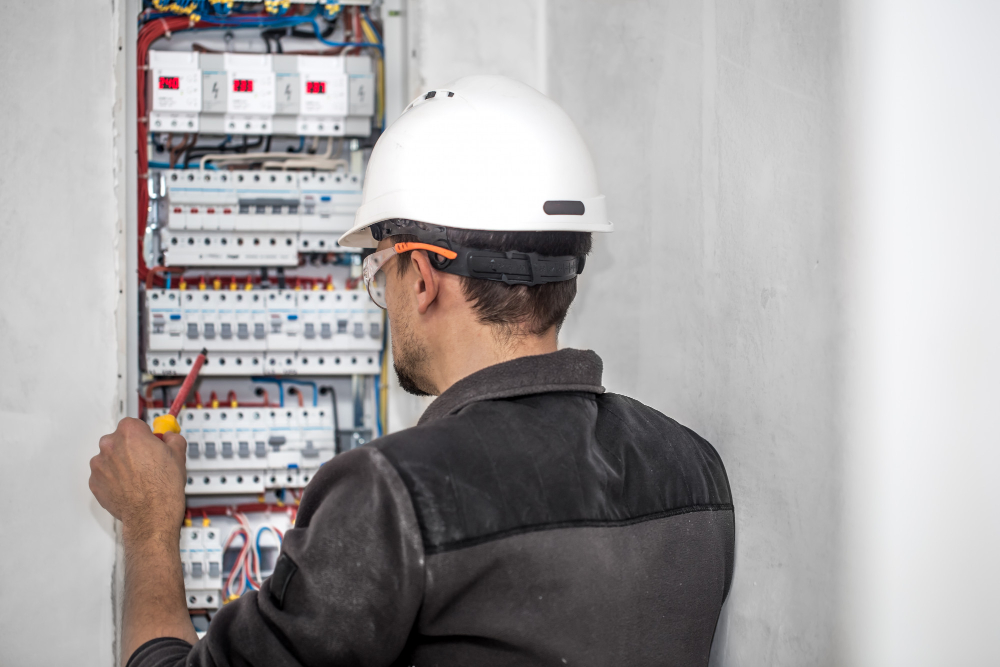

The Smart Home Wiring Guide
The Smart Home Wiring Guide to Modernizing Your Home
In today's fast-paced technology world, "smart home" is popular. Integration of technology into your home improves convenience, efficiency, and security. This transition relies on smart home wiring, which connects and powers smart devices. Learn about smart home wiring, its benefits, and how to modernize your home.
Smart home wiring?
Smart house wiring, also known as home automation wiring, uses structured cabling to connect and control smart gadgets and systems. It connects and controls lighting, climate, security, and entertainment systems as your smart home's nervous system.
Key Smart Home Wiring Components
Structured Cabling: Smart home wiring commonly uses Cat5e or Cat6 data cables, coaxial cables, and fiber optics. Your smart devices communicate via these wires.
Distribution panels or enclosures: All cables converge here. This is your smart home system control center.
Ethernet Ports: Devices that need a stable, high-speed internet connection need Ethernet ports in several areas.
Wireless Access Points: Wireless access points can boost home Wi-Fi coverage along with wired connections.
The Brain of Your Smart Home: A central hub or controller can link and manage gadgets from multiple manufacturers.
Advantages of Smart Home Wiring
Convenience: Smart home wiring lets you adjust many house controls with an app or voice command. Lock doors, adjust the thermostat, and turn off lights without leaving your seat.
Energy Efficiency: Manage energy use better. Smart thermostats, lighting, and appliances lower energy bills.
Home security: Smart cameras, doorbells, and alarms can protect your home. Receive alerts and watch live videos remotely.
Entertainment: Connected smart TVs, speakers, and streaming gadgets make entertainment easy.
Increased Home Value: A well-designed smart home system can make your home more enticing to purchasers.
Modernize Your Home Using Smart Wiring
- Assess your electricity and network infrastructure. Determine where to use smart technologies.
- Plan: List all the devices and systems you intend to combine. Consider product compatibility.
- Choose the Right Wiring: Based on your demands, choose cabling and networking equipment. Ethernet ports and Wi-Fi coverage are essential.
- Professional Installation: Smart home wiring needs accurate installation for reliability. A skilled electrician or smart home installer is recommended.
- Connect and configure smart devices after wiring. Install apps or hubs as needed and follow manufacturer instructions.
- Testing and Optimization: Verify your smart home systems' operation. Improve settings and fix bugs.
- Enjoy Your Smart Home: Once everything is set up, you can enjoy your connected, modern home.
Modern, linked homes start with smart wiring. It improves daily living with convenience, energy efficiency, security, and entertainment. Follow the correct steps and invest in the right technology to make your house smarter and more efficient, adding value and comfort.